#Women Impressionist Artists
Text
#FineArtFriday: Dunes Under the Sun by Anna Boch
#FineArtFriday: Dunes Under the Sun by Anna Boch
Title: “Dunes Under the Sun”
Artist: Anna Boch
Medium: oil on canvas
Dimensions: (62 x 95 cm) by the Belgian painter
Collection: Musée d’Ixelles (Belgium)
What I love about this painting:
Anna Boch painted the dunes on summer day along an ocean strand. The landscape she gives us looks and feels real, as if we were walking through the dunes. She captured the soft grittiness of high-piled sand,…

View On WordPress
0 notes
Text

Eva Gonzalès (1849-1883)
"The Bouquet of Flowers" (1873-1874)
Oil on canvas
Impressionism
Currently in a private collection
#paintings#art#artwork#still life painting#flowers#eva gonzalès#eva gonzales#oil on canvas#fine art#impressionism#impressionist#private collection#french artist#woman artist#women artists#female artists#blue flowers#flower bouquet#bouquet#forget me nots#1870s#late 1800s#late 19th century#aesthetic#aesthetics#1k
1K notes
·
View notes
Text


Gustav Klimt, Girlfriends or Two Women Friends, 1916-17 (Destroyed in fire, 1945)
Toulouse Lautrec, Les deux amies, The Two Friends, 1895
#toulouse lautrec#gustav klimt#post impressionist art#post impressionism#women loving women#queer culture#queer life#queer women#beauty#beautiful#aesthetic#love#french art#austrian artist#french painter#modern art#art history#aesthetictumblr#tumblraesthetic#tumblrpictures#tumblr art#tumblrstyle#artists on tumblr#tumblrpic
101 notes
·
View notes
Text

Francisco Rodriguez Sanchez Clement (Spanish, (1861-1956) • Sevilliana • Unknown date
#art#painting#fine art#art history#francisco rodriguez sanchez clement#spanish artist#paintings of dancers#oil painting#artwork#impressionistic style#women in white#la robe blanche art blog#the white dress#art blogs on tumblr#art lovers on tumblr#women in paintings
33 notes
·
View notes
Text
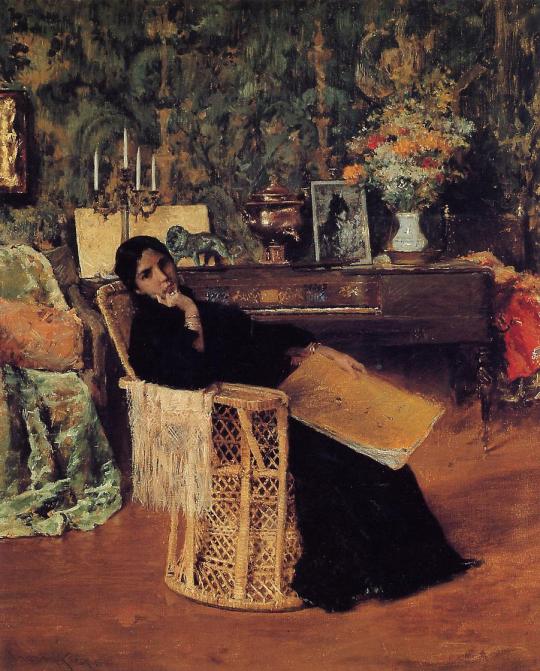
William Merritt Chase (American, 1849-1916) • In the Studio • c. 1892
#art#fine art#painting#william merritt chase#american artist#oil painting#genre painting#late 19th century american art#american impressionist#Impressionism#tile club artist#women in paintings#the painted room art blog#paintings of interiors#art history#art blogs on tumblr#art lovers on tumblr
51 notes
·
View notes
Photo
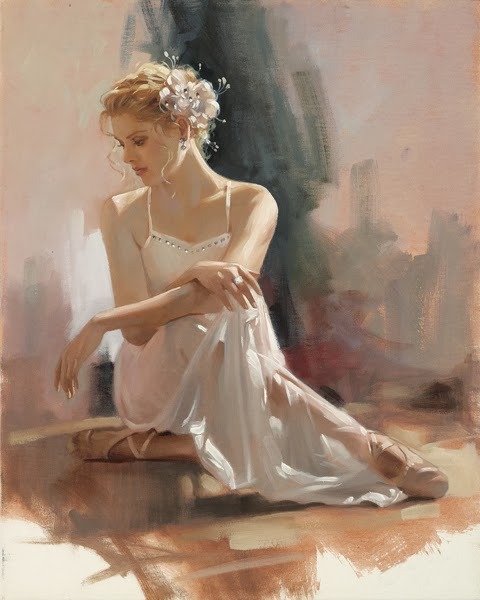
Richard S. Johnson, 1953 - Impressionist painter
#richard s johnson#richard johnson#art#dancers#ballet#ballet art#women in art#20th Century#20th century art#1953#impressionism#Impressionist#impressionistpainting#portrait#art history#fashion in art#aesthetics#art aesthetic#american artist#us artist
149 notes
·
View notes
Text
Eva Gonzalès

Impressionist painter Eva Gonzalès was born in Paris in 1849. Trained by Édouard Manet, Gonzalès' produced around 124 paintings and pastel works in her short life. She exhibited her painting The Little Soldier at the 1870 Paris Salon, and she had other paintings accepted to the Salon in 1878 and 1879. Gonzalès' work can be found in the collections of museums throughout the world, including the National Gallery of Ireland in Dublin, the Metropolitan Museum of Art in New York, and the Artizon Museum in Tokyo.
Eva Gonzalès died in 1883 at the age of 34.
Image
6 notes
·
View notes
Text
nineteenth and early twentieth century women artists and their self portraits my beloved
1 note
·
View note
Text
━ Eva Gonzales (1849–1883) ;
She was born in Paris to a novelist father and a musician mother who, in turn, supported their children’s creative abilities. At a young age, she studied under Charles Chaplin at his private studio for female artists, and later, in 1869, Edouard Manet took her on as model and then his only private student.
The must common themes were portraits and studies of landscape, domestics scenes, women and childrens. It is partially because of her ‘feminine’ themes that she is among the other impressionist artists of her time. By the mid-1870s, she began to experiment with other media besides oil painting and became quite skillful in the use of pastels.
But Gonzalès’ oeuvre stands out in that she did not seek to be shown in Impressionist salons. Instead, she focused on the prestigious and traditional Paris Salon.

The Little Soldier, 1870
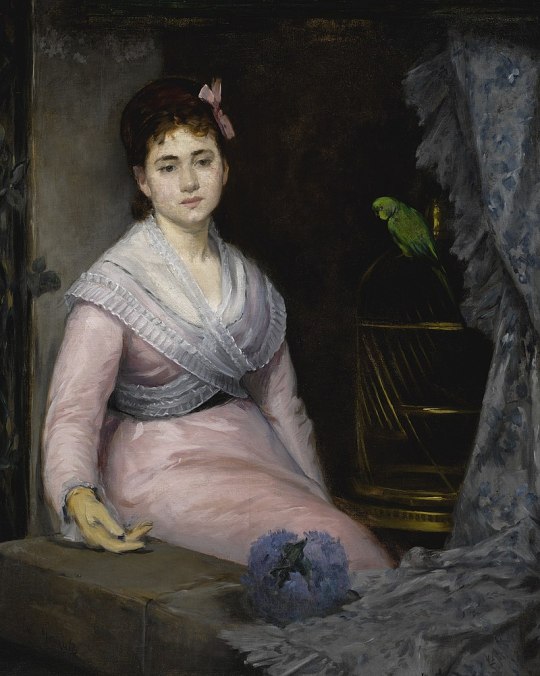
L'Indolence, 1871-1872
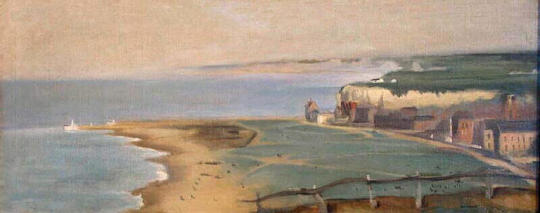
Dieppe Beach towards the west cliffs, 1871
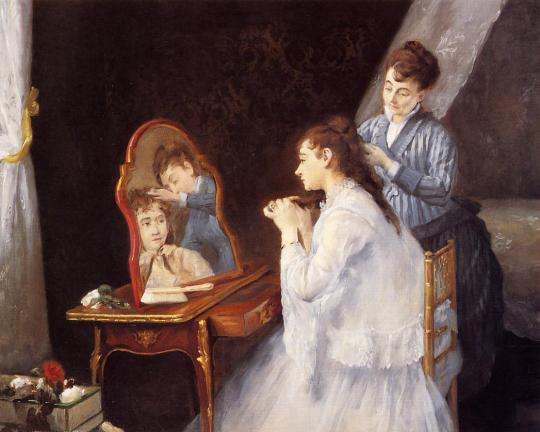
The Little Lever, 1875

Nanny with a child, 1877–1878
#art#artists on tumblr#painting#paint#classic#great master#women#woman in art#art history#impressionism#oil on canvas#impressionistic#impressionistpainting#post impressionist#women of impressionism#eva gonzalez#eva gonzales
18 notes
·
View notes
Text
Magnolia Stellata By Tamara Jare
Museum quality Giclee prints at Artfully Walls
320 GSM fine art paper
Archival inks
Prints framed with a UV plexi-glass Tamara Jare's prints on Artfully Walls are museum quality prints, that use 100% archival rag paper and archival inks, resulting in beautiful prints with rich and vivid colors. All of our prints include a minimum border of 1" for easy framing.
We`re happy to announce that we now ship to USA,Canada, Australia and Ireland as well.
All of our art, regardless of whether it is framed or not, ships within 10-14 business days. Shipping does not include taxes, duties or any other fees that may be collected at time of delivery
Unframed prints ship in tubes, and framed prints and canvases in boxes, providing extra protection and safe delivery.
As our prints and frames are custom made to order according to your specifications, all of our products are final sale and non-returnable.
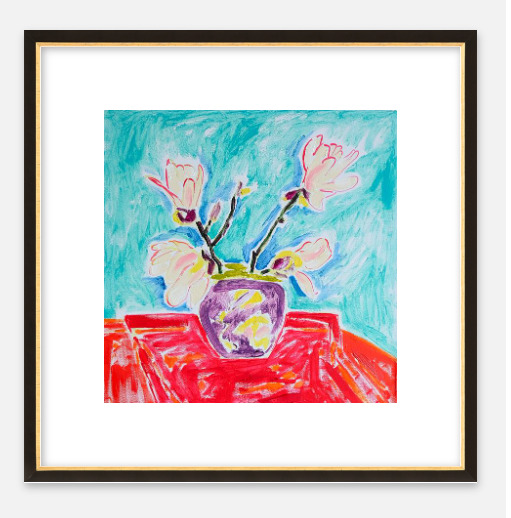
#art#tamarajare#painting#contemporaryart#artwork#fineart#artist#tamara jare#contemporaryartist#painter#magnolia#spring blossoms#spring#stillleben#still life#fauvism#post impressionist art#modern art#contemporary art#fine art#women artists#artist on tumblr#giclee print#giclee#buy art print#art for sale#art collector#art collectors#wall art#art print
0 notes
Text

Ethel Carrick Fox, On The Beach, 1910
#art#painting#beach#summer#on the beach#ethel carrick fox#Australian#british#uk#women artists#Impressionism#impressionist#1900#1910#20th century
0 notes
Text

Eva Gonzalès (1849-1883)
"L'Indolence" (1871-1872)
Oil on canvas
Impressionism
Currently in a private collection
#paintings#art#artwork#genre painting#female portrait#eva gonzalès#eva gonzales#oil on canvas#fine art#impressionism#impressionist#private collection#french artist#woman artist#women artists#female artists#portriat of a girl#indolence#green parrot#parrots#birds#animals#pink dress#dresses#clothing#clothes#1870s#late 1800s#late 19th century#melancholy
89 notes
·
View notes
Text
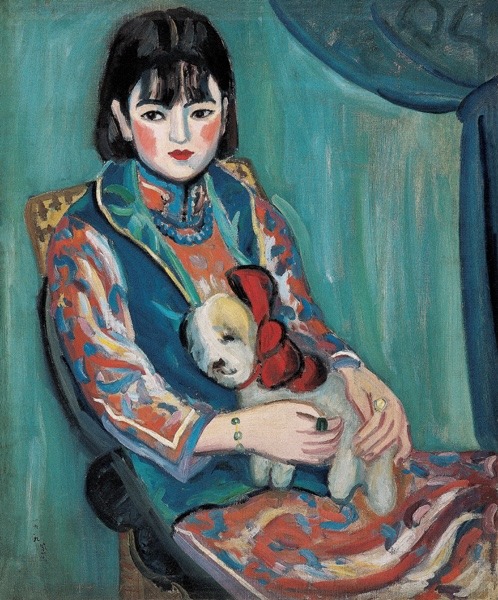
Guan Zilan
Portrait of Miss L
1929
#guan zilan#portrait#chinese artist#Chinese painter#asian art#modern art#art history#aesthetictumblr#impressionist painter#impressionist art#women artists#woman artist#tumblraesthetic#tumblrpic#tumblrpictures#tumblr art#aesthetic#asian aesthetic#tumblrstyle#artists on tumblr#chinese painting#beauty#beautiful art#beauty aesthetic
96 notes
·
View notes
Text

Philip Leslie Hale (American, 1865–1931) • Mother and Child • Early 20th century • Private collection
#art#painting#fine art#art history#philip leslie hale#american artist#american impressionist#boston school#genre painting#oil painting#women in paintings#children in paintings#la robe blanche art blog#women in white#the white dress#art blogs on tumblr#art lovers on tumblr#early 20th century american art
41 notes
·
View notes
Text
women artists that you should know about!!
-Judith Leyster (Dutch, 1609-1660)
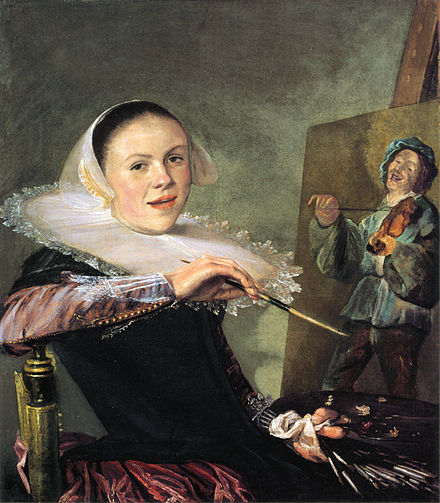
During her life her works were highly recognized, but she got forgotten after her death and rediscovered in the 19th century. In her paintings could be identified the acronym "JL", asually followed by a star, she was the first woman to be inserted in the Guild of St. Luke, the guild Haarlem's artists.
-Artemisia Gentileschi (Italian, 1593-1656)
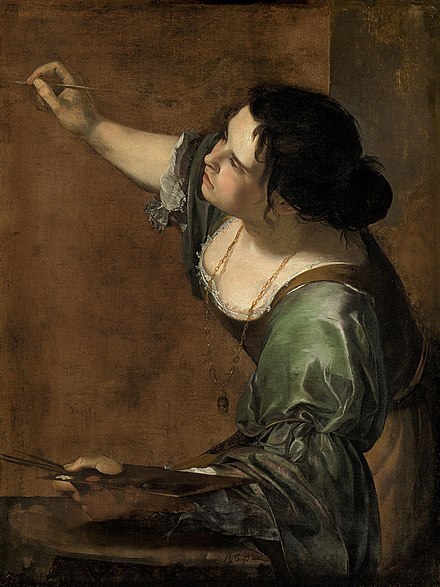
"... Si è talmente appraticata che posso osar de dire che hoggi non ci sia pare a lei, havendo fatto opere che forse i principali maestri di questa professione non arrivano al suo sapere". This is how the father Orazio talked about his nineteen year old daughter to the Medici's court in Florence.
In 1611, Artemisia got raped, and she had to Undergo a humiliating trial, just to marry so that she could "Restore one's reputation" , according to the morality of the time. Only after a few years Artemisia managed to regain her value, in Florence, in Rome, in Naples and even in England, her oldest surviving work is "Susanna and the elders".
-Elisabeth Louise Vigèe Le Brun (French, 1755-1842)
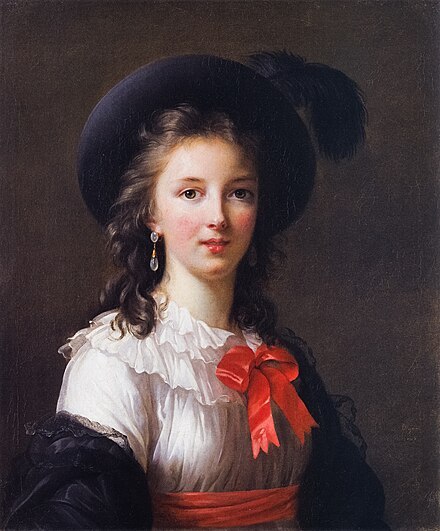
She was a potrait artists who created herself a name during the Ancien Règime, serving as the potrait painting of the Queen of France Marie Antoinette, she painted 600 portraits and 200 landscapes in the course of her life.
-Augusta Savage (Afro-American, 1892-1962)
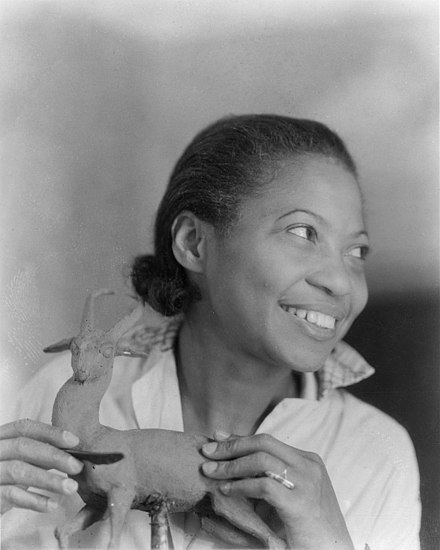
Augusta started making figures when she was a child, which most of them were small animals made out of red clay of her hometown, she kept model claying, and during 1919, at the Palm Beach County Fair, she won $25 prize and ribbon for most original exhibit. After completing her studies, Savage worked in Manhattan steam laundries to support her family along with herself. After a violent stalking made by Joe Gould that lasted for two decades, the stalker died in 1957 after getting lobotomized. In 2004, a public high school, Augusta Fells Savage Institute of Visual Arts, in Baltimore, opened.
-Marie Ellenrieder (German,1791-1863)
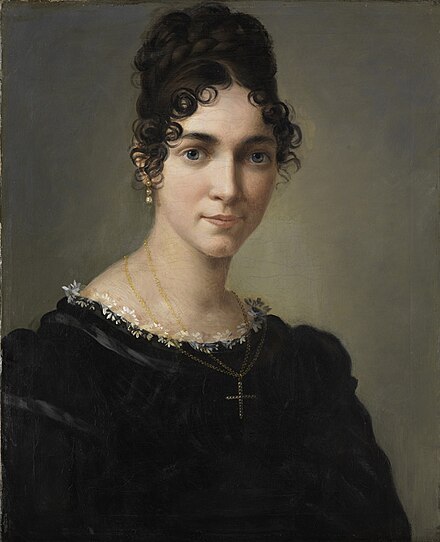
She was known for her portraits and religious paintings. During a two years long stay in Rome, she met some Nazarenes (group of early 19th century German romantic painters who wanted to revive spirituality in art),after becoming a student of Friedrich Overbeck and after being heavily influenced by a friend, she began painting religious image, getting heavily inspired by the Italian renaissance, more specifically by the artist Raphael. In 1829, she became a court painter to Grand Duchess Sophie of Baden.
-Berthe Marie Pauline Morisot (French,1841-1893)
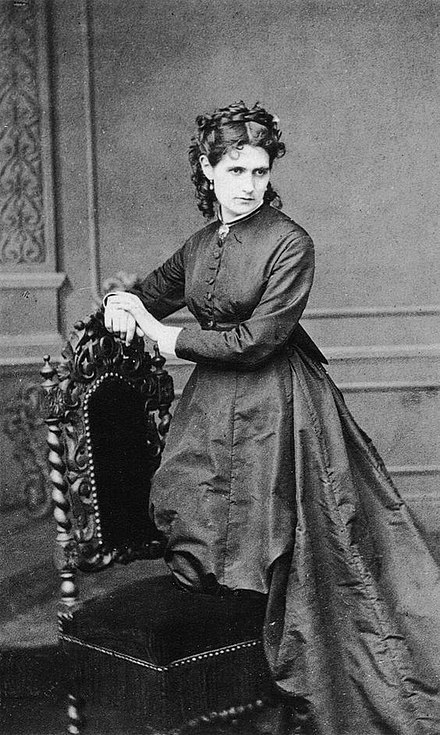
Morisot studied at the Louvre, where she met Edouard Manet, which became her friend and professor. During 1874 she participated at her first Impressionist exhibition, and in 1892 sets up her own solo exhibition.
-Edmonia Lewis or also called "wildfire" (mixed African-American and Native American 1844-1907)
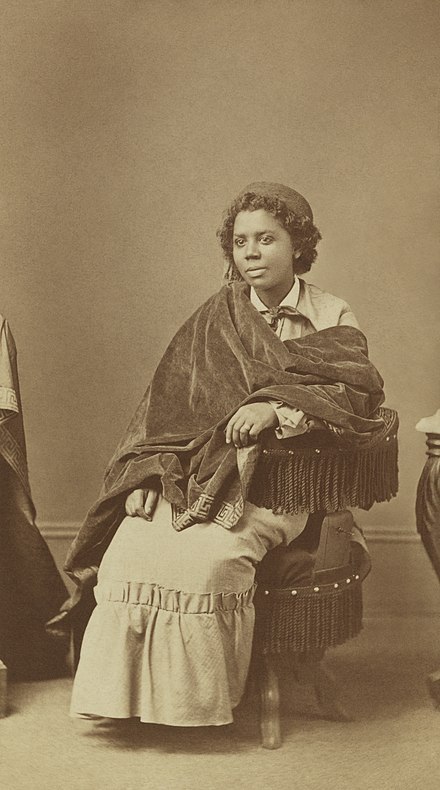
Edmonia was born in Upstate New York but she worked for most of her career in Rome, Italy. She was the first ever African American and Native American sculptor to achieve national and international fame, she began to gain prominence in the USA during the Civil Ware. She was the first black woman artist who has participated and has been recognized to any extent by the American artistic mainstream. She Also in on Molefi Kete Asante's list of 100 Greatest African Americans.
-Marie Gulliemine Benoist (French, 1768-1826)
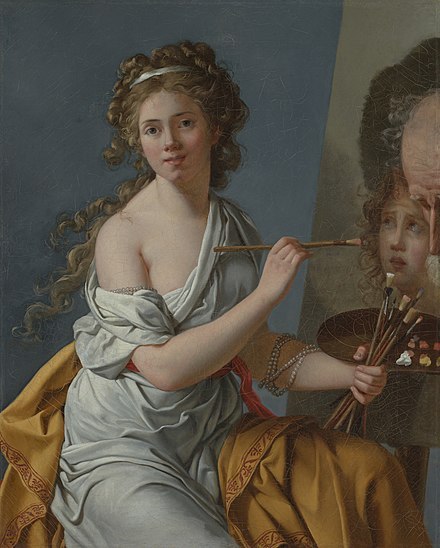
Daughter of a civil servant, Marie was A pupil of Jaques-Louis David, whose she shared the revolutionary ideas with, painting innovative works that have caused whose revolutionary ideals he shared, painting innovative works that caused discussion. She opened a school for young girl artists, but the marriage with the banker Benoist and the political career Of the husband had slowly had effect on her artistic career, forcing her to stop painting. Her most famous work is Potrait of Madeline, which six years before slavery was abolished, so that painting became a simbol for women's emancipation and black people's rights.
-Lavinia Fontana (Italian, 1552-1614)

She is remembered for being the first woman artist to paint an altarpiece and for painting the first female nude by a woman (Minerva in the act of dressing), commissioned by Scipione Borghese.
-Elisabetta Sirani. (Italian, 1698-1665)
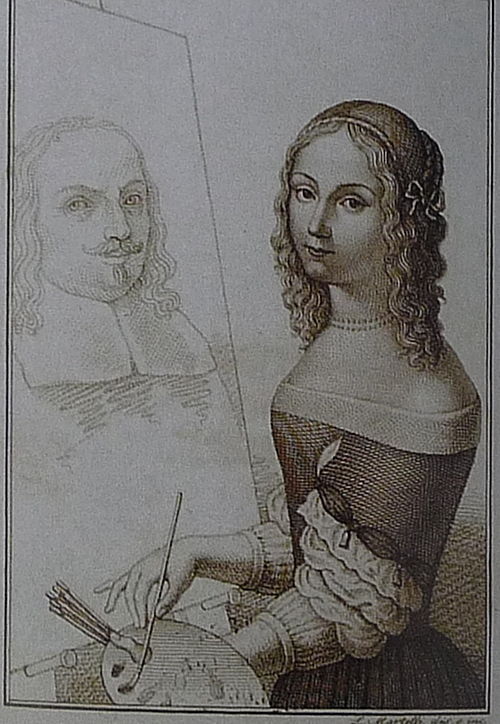
Her admirable artistic skills, that would vary from painting, drawing and engraving, permitted her, in 1660, to enter in the National Academy of S. Luca, making her work as s professor. After two years she replaced her father in his work of his Artistic workshop, turning it into an art schools for girls, becoming the first woman in Europe to have a girls' school of painting, like Artemisia Gentileschi, she represent female characters as strong and proud, mainly drawn from Greek and Roman stories. (ex. Timoclea Kills The Captain of Alexander the Great, 1659).
#judith leyster#artemisia gentileschi#Elisabeth Louise Vigèe Le Brun#Augusta Savage#Marie Ellenrieder#berthe morisot#Edmonia Lewis#Marie Gulliemine Benoist#Lavinia Fontana#Elisabetta Sirani#women artists#renaissance#baroque#art#women in art#artist women#feminism#women history#radical feminists do touch#radical feminists please interact#history#terfblr#terfsafe#cultura#culture
979 notes
·
View notes
Text
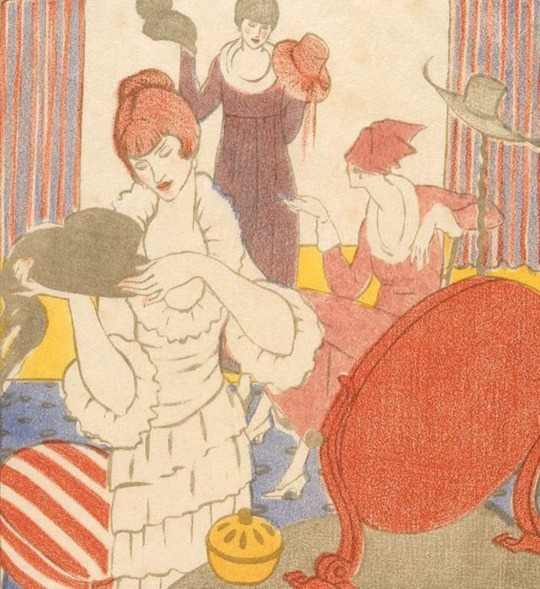

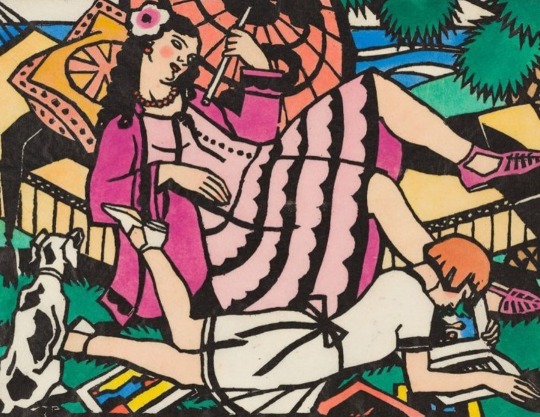
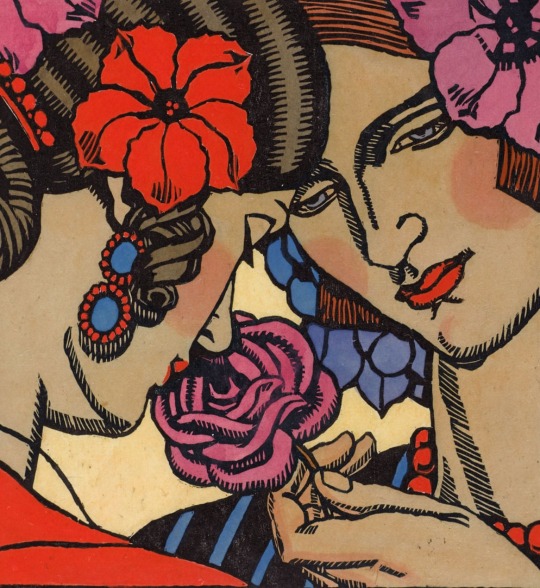

Thea Proctor (Australian, 1879-1966)
Alethea Mary Proctor's life as an artist encompassed more than half of the twentieth century. Born in Armidale in 1879 to parents who were soon to divorce, she weathered a disrupted childhood and a choppy education before beginning art study under Julian Ashton in Sydney when she was sixteen. At the Ashton school her fellow students included George Lambert, with whom she was to be closely associated in public and private over the next thirty years.
In 1903, burning with a need to learn to draw, she travelled to London, where Lambert and his family were established. She became one of his favourite models, a regular in his household, and his pupil. Although she was desperately poor, her beauty and livery nature allowed her to meet many of the leading figures of the fin de siecle art world, and all her life she was to carry with her the modernist precepts and influences she absorbed from figures such as Clive Bell, spectacles such as the Ballets Russes and exhibitions such as the post-Impressionist show at the Grafton Galleries in 1910-11. Aside from a return to Australia in 1913-14, she was to remain in England throughout her twenties and thirties.
Upon her return to Australia in 1921, which coincided with Lambert's, she immediately came to occupy a significant role in Sydney's volatile art world, and to disseminate her very strong ideas on modern art, interior decorating, fashion, costume, ballet and matters of taste in articles, lectures, formal classes, sketch clubs and at all conceivable social and artistic events. Strikingly beautiful, she never married, but supported herself into her eighties through art alone. She lived in a tiny rented flat in Double Bay, but until the early 1960s she was also able to maintain a studio in George Street, where she had lived before World War 2. In the inner city and the Eastern suburbs she became a familiar figure as immaculately dressed in brilliant purples, fuchsia and petunia shades she made her stately progress, parasol in gloved hand, seeking out the beautiful. (source)
The scenes of female intimacy in many of Proctor’s works have always been open to lesbian and queer readings. Women gaze intently at each other holding unfurled fans or proffering roses, symbols associated with female sexuality. Proctor moved in queer circles in Sydney in the 1920s and 1930s and was a valuable ally. JS MacDonald, the Art Gallery’s extremely conservative director from 1928 to 1936, wrote in 1934 of ‘the emergence of numbers of what the Americans call “pansies” … They rule the art world today, and, unless real painters speak up for themselves and right art, the women and their near-men abettors will ruin both.’ (source)
70 notes
·
View notes